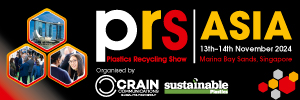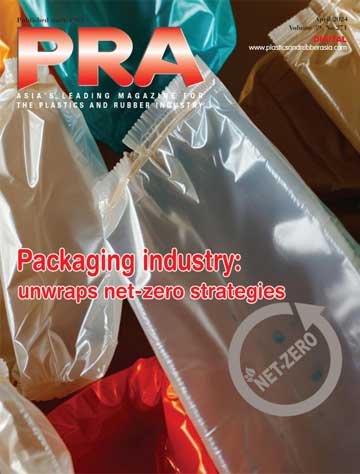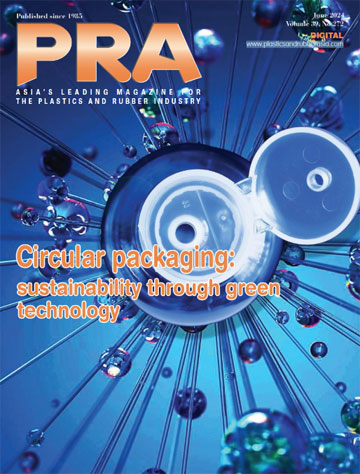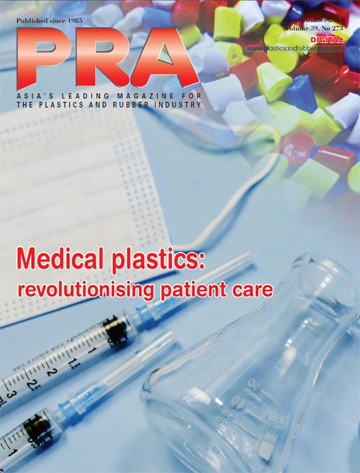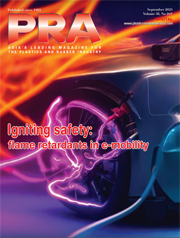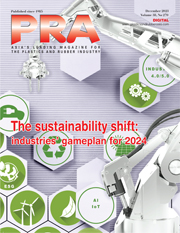Investments: Covestro invests EUR100 mn in R&D, pumping up efforts in US/China; Lanxess exits polymer biz with sale of Urethanes to Ube
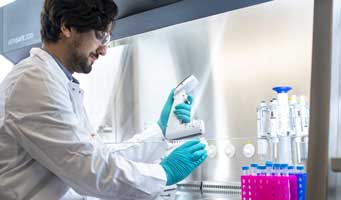
German materials firm Covestro says it is investing around EUR100 million in its global R&D infrastructure and assets. With investments over a timeframe of three years until 2025, the supplier of high-performance materials continues to secure its future competitiveness in a challenging environment, it adds.
To create value for customers in every business section, the company focusses on future technologies to accelerate on the way to a full circular economy. A global digitalisation strategy in R&D is a key building block on this way.
Covestro says it is committed to becoming fully circular with continuous investments in its main innovation centres. With modernised equipment for customer service, automated systems and new digital capabilities being introduced in laboratories and technical centers around the globe, Covestro follows a holistic approach with activities at different levels.
One of the key examples of the R&D investments and cooperation across different business segments is the globally available expertise for In-Mould-Coating (i.e., Direct Coating), with the facilities in Leverkusen and other main R&D sites that were enhanced recently. To support further developments in process technology, end-to-end digitalisation was implemented to record all process-relevant data. In the highly competitive automotive industry, innovation in In-Mould-Coating technologies enables high quality surfaces for a modern design of cars. This directly feeds the demand for a more efficient automotive production.
Another important investment milestone: High-performance computers (HPCII) mark the next expansion stage of technological evolution in Leverkusen towards an innovation incubator for the circular economy. By enabling simulation of chemical processes, the high-performance computers enable faster and more sustainable research processes. Amongst others they are used for example in foam processing simulations for refrigerators and enable energy efficiency and improved cool chains in end products.
“Simulations of chemical processes are a key element in the development of recycling technologies and research on new molecule classifications,” said Torsten Heinemann, Head of Group Innovation & Sustainability at Covestro. “Moreover, laboratory digitalisation enables test data to be recorded in higher quality and to a greater extent than is usual in analogue ways. Both help us to find the most possible and more sustainable solutions for our customers more quickly. Many developments in the field of recycling would be like looking for a needle in a haystack without digital R&D and simulations. “
Chemical recycling is a promising approach especially for plastics that cannot be mechanically recycled or can only be recycled with considerable effort. With chemical recycling, large quantities of the original material can be recovered. One example is the Evocycle CQ mattress project: Together with partners, Covestro has developed an innovative technology for the chemolysis of flexible polyurethane foams from used mattresses, in which the main components –polyol and the precursor to the isocyanate TDI – can be recovered. In this way, used mattress foams are directly converted back into renewed polyurethane building blocks.
A functioning infrastructure is the basis for innovative research. Covestro’s investments therefore include modernisation measures in its laboratories in Leverkusen. These laboratories drive among others application technology for coatings and adhesives in core industries like automotive and construction, but also special areas such as light guiding applications as well as medical applications.
Also in the US, Covestro is investing in a series of modernisation and technical upgrades across its Pittsburgh campus. Covestro views the US market as innovative and high potential. By improving the R&D facilities it signals strong commitment to the customers.
In the innovation center in Shanghai, China, distinct investments into infrastructure and digitalisation over the past months echoed the leading solutions developments for automotive and electronics industries.

In other news, compatriot specialty chemicals company Lanxess has signed a contract to sell its Urethane Systems business to Japanese firm Ube Corporation. The enterprise value amounts to EUR460 million with expected proceeds of around EUR500 million. With this transaction Lanxess says it exits the last remaining polymer business.
The Urethane Systems business comprises five manufacturing sites globally as well as application laboratories in the US, Europe and China. Ube Corporation will take over all operations from Lanxess with a total of around 400 employees. The Urethane Systems business generated sales of around EUR250 million the last 12 months June 2024.
Lanxess adds it will use the proceeds to reduce its net debt. The leverage ratio (net debt / EBITDA pre) will likely be reduced by ~0.5x.
“The sale of Urethane Systems marks another milestone in our fast transformation into a pure-play specialty chemicals company, as we are divesting the last remaining polymer business in our portfolio. We are convinced that the Urethanes business will have significantly enhanced opportunities for growth and development under the umbrella of Ube,” says Matthias Zachert, Chairman of the Board of Management of Lanxess AG.
He added, ”At the same time, we are using the proceeds from the transaction to strengthen our balance sheet by further reducing our net debt.”
The transaction remains subject to the approval of the relevant authorities. Lanxess expects the transaction to close in the first half of 2025.
(PRA)SUBSCRIBE to Get the Latest Updates from PRA Click Here»


